Top Ten Tuesday this week features some engaging nonfiction picture books about different biomes and ecosystems and the wild life who live within them. These make great read-alouds to link to your science lessons and for knowledge building in your class! Fascinating books filled with wonderful facts and amazing visuals – even if you are not studying the subject in science – they make great interactive, content-rich read-alouds!
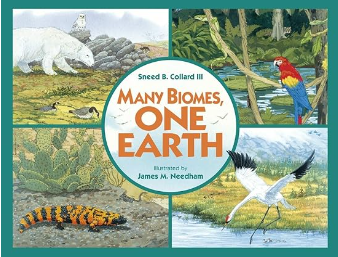
Readers travel around the world and discover twelve terrestrial biomes of North and South America. From icy tundra, through grassland, deserts and tropical rainforest, we learn about all the natural homes animals live in. Fascinating, detailed illustrations in this one. I appreciate the author explaining clearly the differences between a biome and a habitat and the impact that humans have had on earth’s biomes.
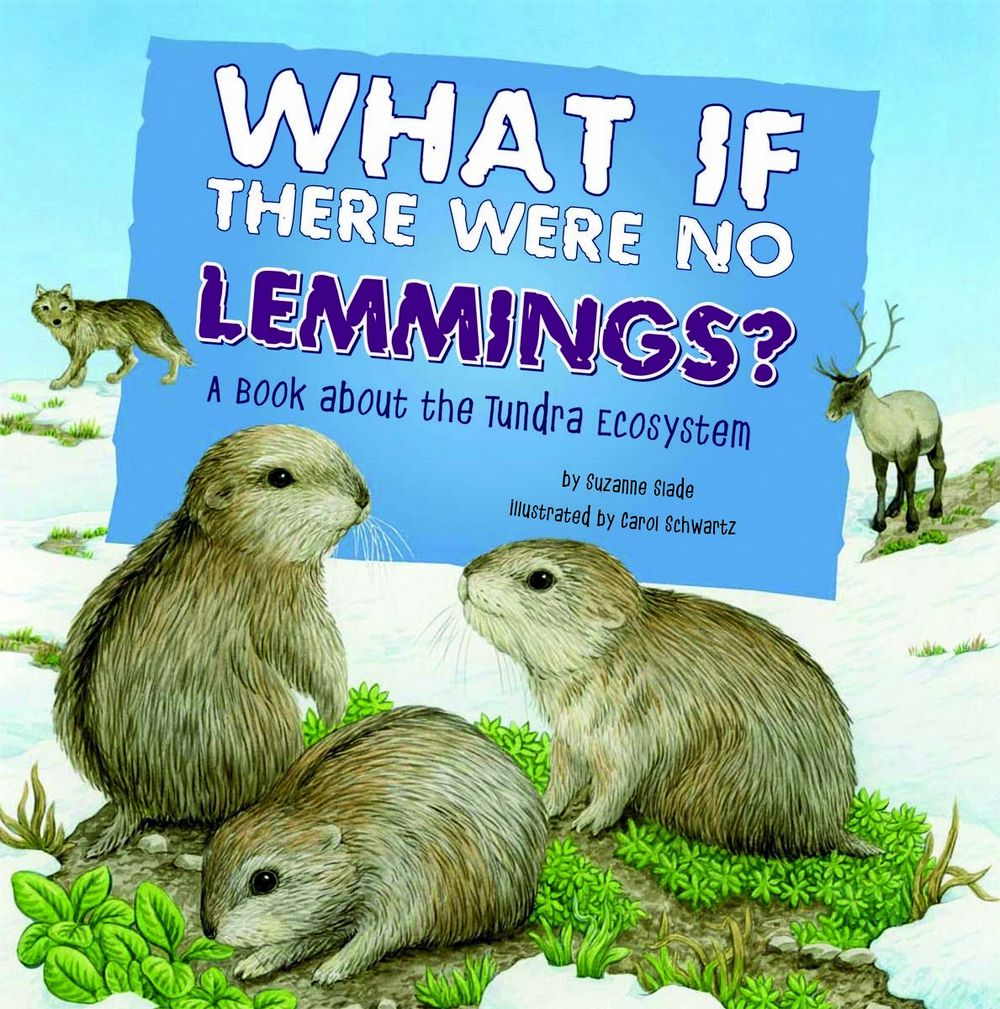
This is one book in a wonderful series that looks at the impact of a single species on the ecosystem they live in. What difference could the loss of one animal species make? This book follows the chain reaction, and helps readers discover how important lemmings are. Simple text and great illusrations make this a perfect read-aloud! Other books in this series – What if There Were no Wolves, What if There Were No Bees, What if There Were no Wolves What if There Were no Sea Otters.
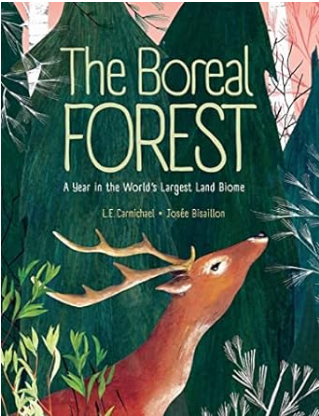
Interesting and informative book about the forests that grow close to the Arctic, “like a scarf around the world”. This book looks at this vast forest through all four seasons. There’s a really lovely feel to it as the reader is introduced to all different animals, fish, insects and more through the seasons. It also talks about the water cycle, the carbon cycle, and climate change. It’s packed with scientific facts, but not overwhelming. A good read for slightly older readers.
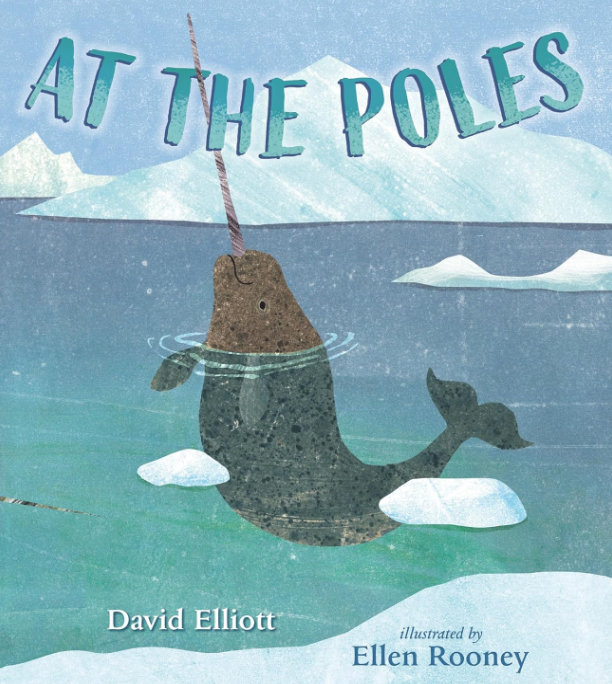
This beautiful, accessible poetry picture book is filled with odes to different animals found in the two polar regions. Could work as a read aloud or for a poetry unit. The illustrations are really lovely and the book follows David Elliots other poetry books – On the Farm, In the Wild, and In the Sea.
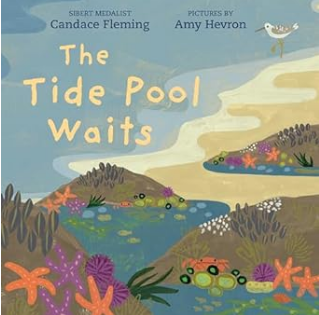
As someone who spent hours exploring tide pools on west coast beaches, I was immediately drawn to this book. A great picture book to introduce young readers to tide pools and some of the life that lives in the intertidal zone where the land meets the see. Simple, beautiful illustrations.
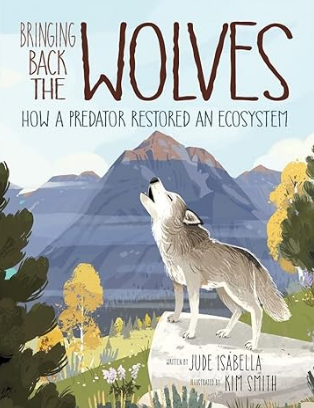
A book for slightly older readers, takes an in-depth look at how the disappearance of gray wolves from Yellowstone National Park was devastating to the ecosystem and how, decades later, the reintroduction of the wolves helped to restore it. The story offers excellent lessons about essential interconnectedness of the natural world, and the importance of human stewardship on the environment.
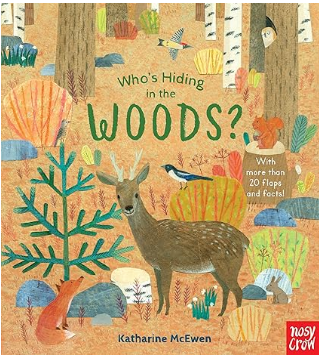
A charming board book that is a wonderful, engaging way to introduce the ecosystem and animals to JK and SK students. Adorable illustrations and includes multiple lift-the-flaps on each page. This is one of a series that includes: Who’s Hiding on the River? Who’s Hiding in the Snow? Who’s Hiding At the Beach? and Who’s Hiding on the Desert?
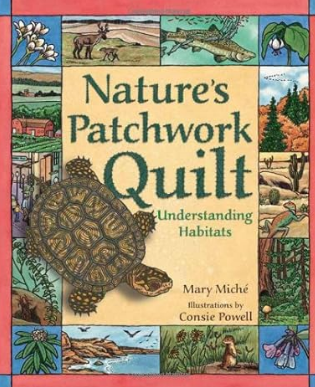
A beautiful book comparing the habitats of the world to a patchwork quilt. Simple explanations of nature’s interdependence and real patchwork patterns are used in the illustrations. The simple text could easily be used with your primary class.
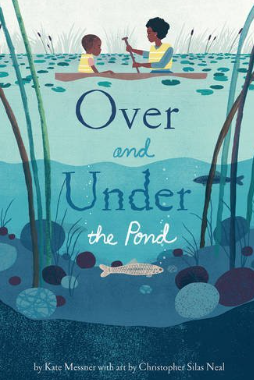
I LOVE this series by Kate Messner that take readers on an exciting exploration of variety of different ecosystems. In each book, the illustrations are presented as a “split screen”, allowing us to learn about plant and animal life both above and below the ground. Gorgeous illustations by Christopher Silas Neal. The series include Over and Under the Garden, Canyon, Rainforest, Waves, and Snow.
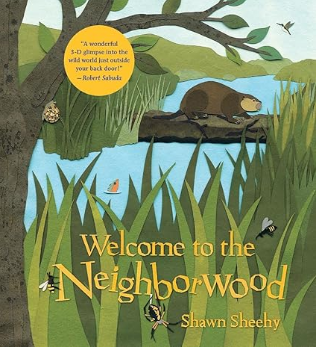
This wonderful little scientific pop-up book introduces readers to seven woodland animals, their havitats, their extraordinary building skills, and how they work together as neighbours. Every animal introduced in this book is connected to each other within an ecosystem. Love this one!
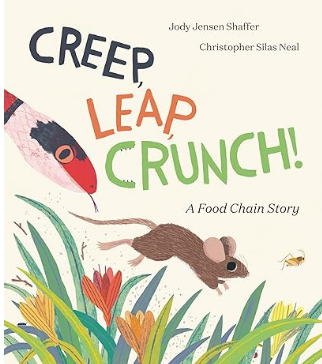
A simple, repetative, rhyming text of how the food chain works–and how sometimes the smaller or more vulnerable creature escapes to live another day! While not specifically connected to specific ecosystems, it’s a great choice to help early readers learn how animals interact with each other.
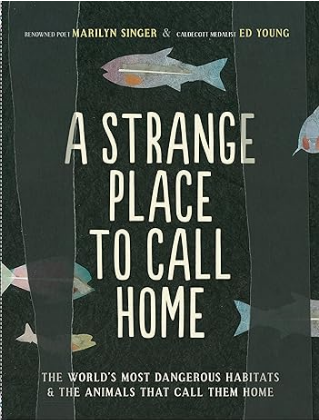
This picture book tells readers about 14 incredible animals and the dangerous places they call home through informative poems. Singer writes a different poem for each animal and habitat and each page is accompanied by cut paper illustrations by the amazing Ed Young. More information about each animal included at the back of the book. A wonderful book to link to a unit on extreme environments.
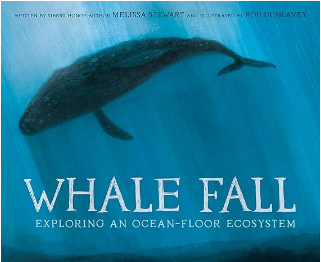
Melissa Stewart is one of my all-time favorite nonfiction authors for kids. I learn something new every time I read one of her books – and this one is no exception. This fascinating nonfiction book, filled with stunning illustrations, details the end of life for a whale, also known as a whale fall, when its body sinks to the ocean floor and becomes an energy-rich food source for organisms living in the deep sea. This one will have the eyes wide in amazement at what a whale provides to the ecosystem of the ocean floor after its death. Ah-MAXING! (that’s “amazing” x 10 – and yes, I made it up!)
Thanks for stopping by! I hope you have found one or two new books you can add to your content-rich picture book collection! Happy Reading, everyone!
#Top #Tuesday #Great #Books #Habitats #Biomes #Ecosystems




More Stories
Free K-2 Bundle! – Learning in Wonderland
SJT: God’s Love
Wednesday Wanderings: Last Day of January